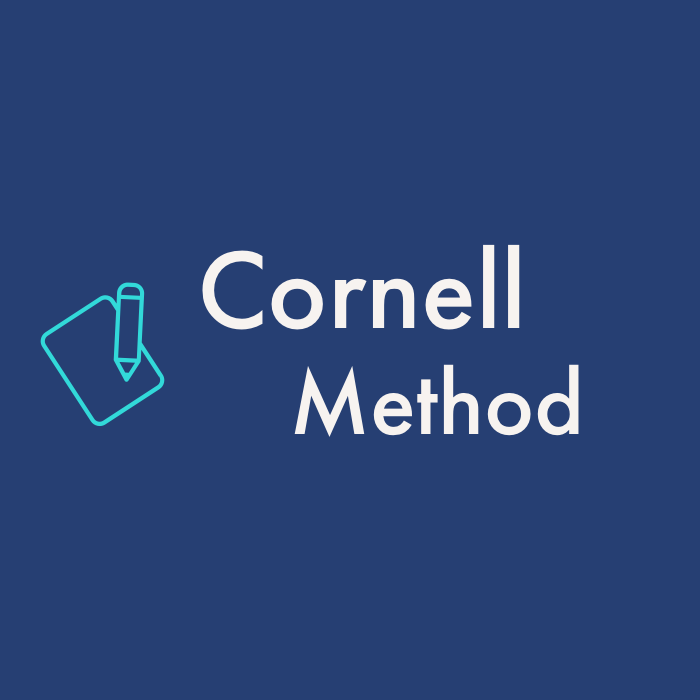
Cornell method: All what you need for an effective note-taking
Hello dear readers, I hope you enjoyed your winter break.
This week I decided to share with you a method that really helped me with overcoming my note-taking obstacles. It is the CORNELL method in note taking. So, what is this method about and what are its advantages and disadvantages?
This method is helping organize notes into easily digestible summaries. This method is effective because the main points, details, study cues, and summary are all written in one place.

I see that the pros of this method outrace its cons.
-Cons:
. Pages need to be prepared before lectures
. Requires some time for reviewing and summarising the key concepts.
+Pros:
. A quick way to take, review, and organize your notes
. Summarises all the information in a systematic manner
. Helps in effective learning as it enables to absorb information in a shorter time
. Helps you to extract main ideas
. Cuts down time for reviewing
The question now is what to write in each section. Keep on reading the following parts to have an answer:
In the cue column you should write the following:
. Main ideas
. Questions that connect points
. Diagrams
. Study prompts
→ WHEN? After class and during review
In the note-taking column you should write:
. Main lecture notes using concise sentences, shorthand symbols, abbreviations, and lists.
. Make sure to put space between points
→ WHEN? During class
In the summary column:
. For top level, main ideas
. Use as a quick reference area
→ WHEN? After class and during review
I truly hope that this method will be helpful for some of you.
That was all for this time.
Stay tuned for the next week´ issue.
Latest posts by Guest Writer (see all)
- Learning and Growth Mindset - 13th September 2024
- Another successful meeting – IBSEN meets XAMK in Kouvola, May 2024 - 16th May 2024
- Blending and joining the Finnish work life - 8th December 2023
